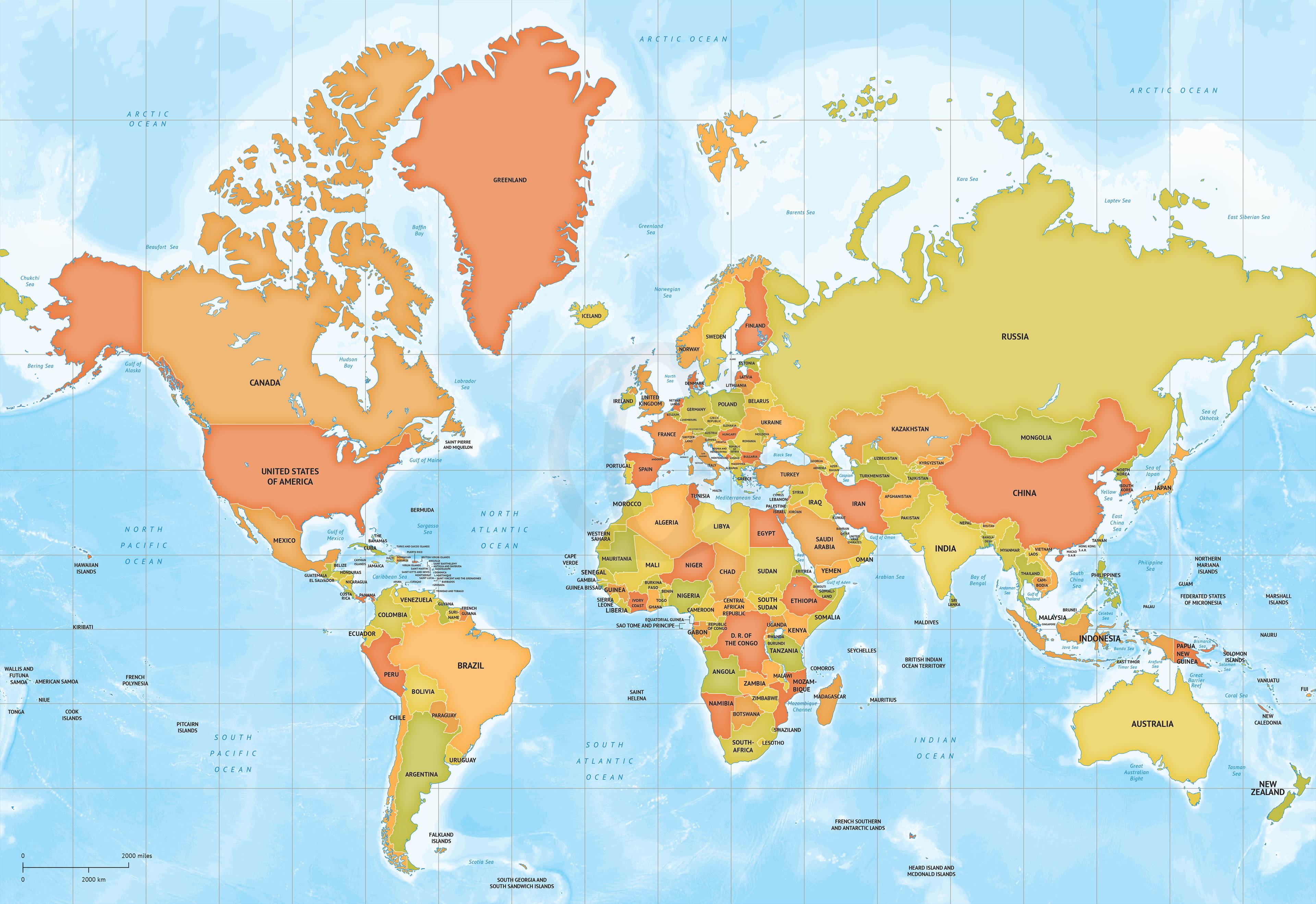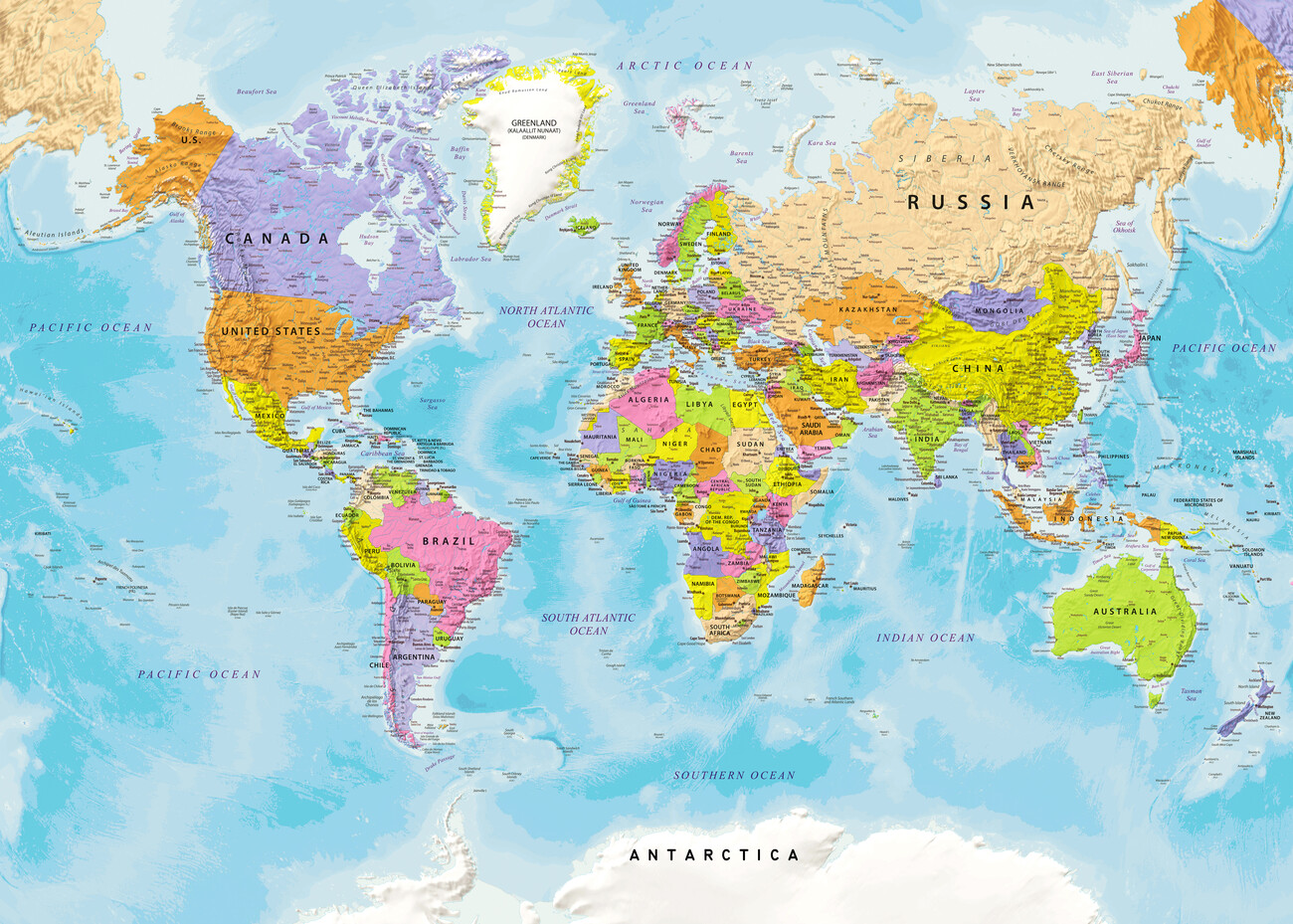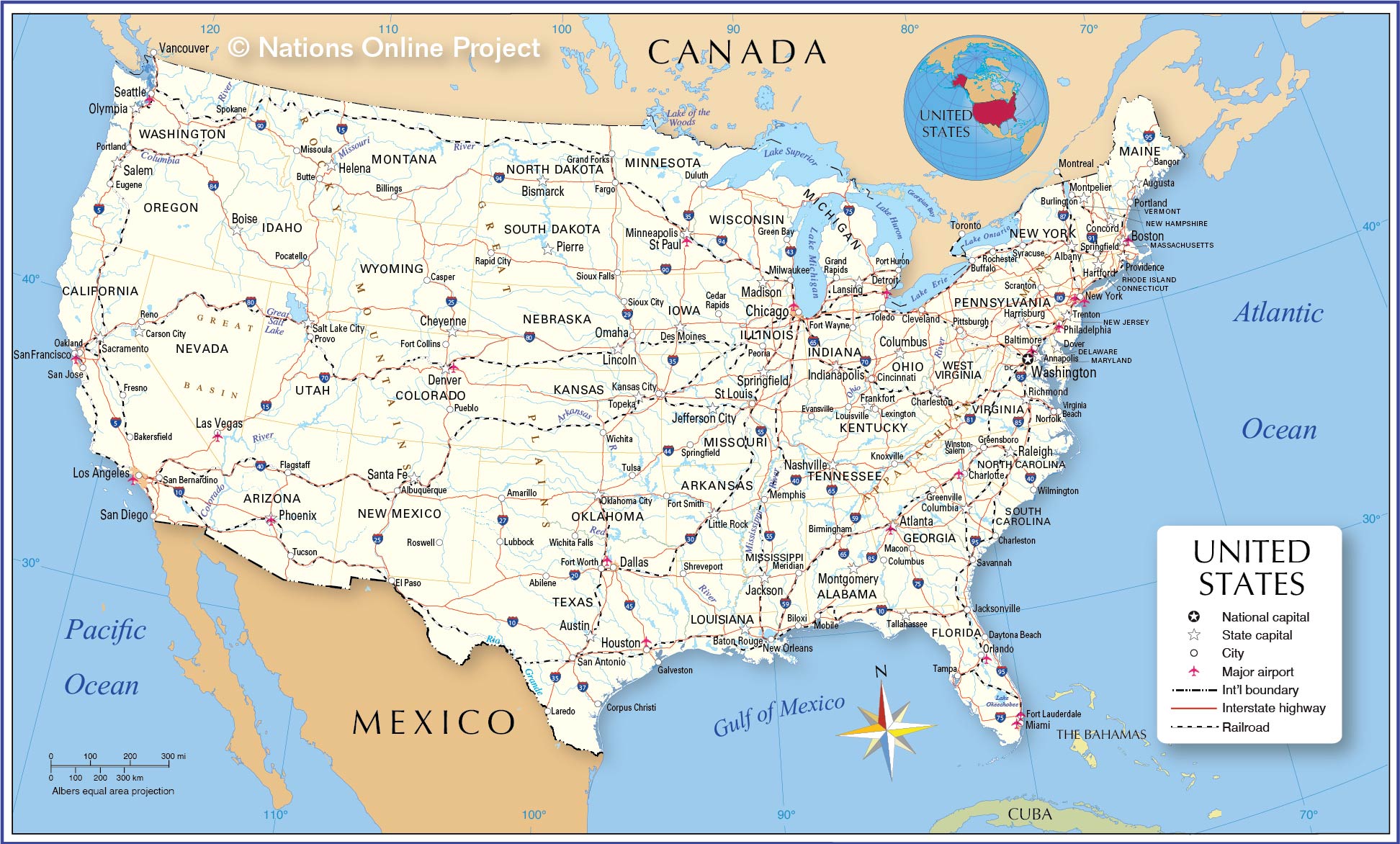Unveiling The Map Of Iran And Israel Distance: A Geographic Insight
In a world increasingly interconnected yet often defined by geopolitical complexities, understanding the fundamental geographical realities between nations is paramount. One such crucial aspect that frequently captures global attention is the map of Iran and Israel distance. Far more than just a number on a map, this distance shapes strategic considerations, influences international relations, and offers a tangible perspective on the intricate dynamics of the Middle East.
This article delves into the precise measurements of the geographical separation between these two significant nations, exploring not only the shortest possible routes but also the practical implications of various travel methods. From air travel to potential road networks, we will unpack the numbers and visualize the journey, providing a comprehensive overview that goes beyond mere mileage to offer a deeper understanding of this vital geopolitical corridor.
Table of Contents
- Understanding the Geographic Context: Iran and Israel
- The Straight Line: Air Travel Distance Between Iran and Israel
- Beyond the Straight Line: Road and Indirect Routes
- Visualizing the Distance: Interactive Maps and Tools
- The Strategic Implications of Geographic Proximity
- Historical Context of Iran-Israel Relations and Distance
- Planning Your Trip: Practicalities and Considerations
- The Evolving Landscape: Ceasefires and Future Outlook
Understanding the Geographic Context: Iran and Israel
The Middle East, a region rich in history and strategic importance, is home to a diverse array of nations, many of which saw their modern formation in the 20th century. Among these are Saudi Arabia, Jordan, Lebanon, Syria, and, of course, Iran (historically known as Persia) and Israel. These two nations, while geographically distinct, share a complex relationship that is often viewed through the lens of their relative positions on the map. A fundamental aspect of understanding the map of Iran and Israel distance is recognizing their sheer difference in scale. Iran, a vast country with a diverse landscape, is approximately 75 times larger than Israel. This significant disparity in landmass plays a role in how each nation perceives its strategic depth and operational capabilities. While Israel is a compact nation with limited geographical buffers, Iran possesses considerable territorial expanse, which inherently influences its defense doctrines and strategic planning. This geographical reality sets a foundational stage for any discussion about the distance between them, highlighting not just the kilometers but the vast differences in their physical presence in the region.The Straight Line: Air Travel Distance Between Iran and Israel
When considering the map of Iran and Israel distance, the most direct measurement is typically the "as the crow flies" or air travel distance. This measurement provides the shortest possible path, unhindered by landforms, political borders, or existing infrastructure. It's a crucial figure for understanding theoretical travel times and the reach of airborne capabilities.The "Bird Fly" Perspective
According to various geographical data sources and worldwide distance calculators, the shortest air travel (bird fly) distance between Israel and Iran is precisely 1,789 kilometers, which translates to approximately 1,112 miles. This figure represents the absolute minimum separation between their closest points, offering a baseline for all other distance calculations. To put this into perspective for air travel, if one were to travel with an airplane maintaining an average speed of 560 miles per hour, the theoretical flight duration from Israel to Iran would be a remarkably short 1.99 hours. This swift travel time underscores the relative proximity in an aerial context, highlighting how quickly air assets could traverse this distance under ideal conditions. This metric is particularly relevant in discussions concerning air defense, aerial reconnaissance, and the rapid deployment of air-based resources, making the map of Iran and Israel distance a critical factor in strategic assessments.Distances from Key Cities: Tehran to Tel Aviv
While the general "bird fly" distance provides an overall figure, understanding the specific distances between major urban centers offers a more granular perspective. For instance, pinpointing the distance between Tehran, Iran's capital, and Tel Aviv, a major city in Israel, provides a more practical context for the map of Iran and Israel distance. Geographical data indicates that the distance from Tehran, Iran, to Tel Aviv, Israel, is about 620 miles (approximately 998 kilometers) as the crow flies. This specific measurement highlights the direct aerial path between these two significant population centers. For more general calculations, some data points refer to "Iran city" located at longitude 51.417655 and latitude 35.657655 (coordinates very close to Tehran), and "Israel city" at longitude 35.207655 and latitude 31.767655 (coordinates very close to Jerusalem). Using these general central points, the total distance between Iran and Israel is calculated as 1,558 kilometers and 593.2 meters, or 968.5 miles. This slight variation from the shortest bird-fly distance (1,789 km) suggests that the "Iran city" and "Israel city" mentioned might refer to specific, perhaps more central, locations rather than the absolute closest geographical points. Nevertheless, these figures consistently reinforce the concept of a relatively short aerial journey, emphasizing the importance of the map of Iran and Israel distance in regional strategic planning.Beyond the Straight Line: Road and Indirect Routes
While air travel offers the most direct path, the reality of ground travel between Iran and Israel is far more complex due to geopolitical factors and the absence of direct diplomatic relations. Understanding the map of Iran and Israel distance in terms of road travel provides a stark contrast to the aerial figures, revealing the practical barriers that exist. For instance, the road distance from Israel to Iran is significantly longer than the air distance, measuring approximately 3,716 kilometers (or about 2,309 miles). This considerable increase is due to the necessity of circumnavigating neighboring countries and political borders that prevent direct overland passage. Travelers would have to navigate through multiple nations, often involving lengthy detours and border crossings that are not straightforward. Beyond traditional road travel, the concept of a "travel route / road map" for Iran to Israel exists purely in a theoretical or planning sense for long-haul logistics, rather than for direct passenger transit. Options like bus, subway, tram, train, and rail are not viable direct travel methods between these two nations. This highlights that while distance calculators can provide a numerical value for road travel, the practical implications of the map of Iran and Israel distance are heavily influenced by the political landscape, making direct overland journeys virtually impossible for the general public.Visualizing the Distance: Interactive Maps and Tools
In an age of digital information, visualizing geographical distances has become incredibly accessible. Interactive maps and online tools play a crucial role in helping individuals and analysts understand the map of Iran and Israel distance, providing not just numbers but also visual context. Many online platforms offer worldwide distance calculators with air line, route planner, travel duration, and flight distances. These tools allow users to simply enter start and end locations, such as "Iran" and "Israel," and select a "show map" option. The result is an interactive display showing the distance in kilometers and miles, often with a visual representation of the route. For example, you can easily find a map that compares Iran vs. Israel on various dimensions, including size and location. Specific queries, such as "How far is it from Iran to Israel?" or "How far is it from Tehran, Iran to Tel Aviv, Israel?", can be answered instantly, with the map displaying the mileage distance to help plan a theoretical trip. These tools are invaluable for anyone wanting to know the distances for their Google road map, or simply to gain a clearer understanding of the geographical separation. They provide a dynamic way to explore the map of Iran and Israel distance, making abstract numbers concrete and comprehensible.The Strategic Implications of Geographic Proximity
The map of Iran and Israel distance is not merely an academic exercise in geography; it carries profound strategic implications for regional and global security. The relatively short air distance, coupled with the complex political landscape, means that both nations operate within a sphere where direct engagement, if it were to occur, could be rapid and impactful. One critical aspect of this strategic reality is missile range. Exploring a unique missile range map reveals the reach of countries like Iran and Israel, showcasing how their respective missile capabilities can cover significant portions of the Middle East, including each other's territories. This map speaks volumes about global security and the ongoing development of missile technology. Historical records and data points, such as those indicating instances where Iran retaliated with missile strikes against Israel, underscore the volatile nature of the region and the tangible impact of this geographical proximity. Furthermore, the strategic landscape is complicated by the presence of non-state actors and allied forces in neighboring countries. While the shortest distance from Iran to Israel is about 620 miles (for Tehran to Tel Aviv), projectiles have additionally been fired from Iraq, Syria, and Yemen, and Hezbollah forces in southern Lebanon have also fired missiles. This demonstrates that the threat vectors are not limited to direct bilateral engagement but extend through proxies and allied groups in the surrounding areas, making the map of Iran and Israel distance a factor in a broader, multi-faceted security equation.Historical Context of Iran-Israel Relations and Distance
The historical trajectory of Iran and Israel's relationship has been dynamic, evolving significantly since the formation of both nations in the 20th century. Initially, Iran, then known as Persia, and Israel maintained diplomatic ties. However, the 1979 Iranian Revolution marked a turning point, leading to a severance of relations and the adoption of a deeply adversarial stance. This historical shift fundamentally altered how the map of Iran and Israel distance is perceived, transforming it from a simple geographical separation into a strategic buffer zone. The context of their modern nationhood, alongside other newly formed states like Saudi Arabia, Jordan, Lebanon, and Syria, is crucial. Each of these nations has contributed to the intricate tapestry of the Middle East, where alliances and rivalries are constantly shifting. The geographical distance, which remains constant, has taken on different meanings depending on the prevailing political climate. In times of heightened tension, the 1,789 km air distance can feel incredibly short, emphasizing the potential for rapid escalation. Conversely, during periods of relative calm, it might seem vast, underscoring the lack of direct interaction. Understanding this historical evolution is key to appreciating why the map of Iran and Israel distance holds such strategic weight today.Planning Your Trip: Practicalities and Considerations
While direct travel between Iran and Israel is currently not feasible for most due to political restrictions, the concept of calculating and visualizing the map of Iran and Israel distance remains a valuable exercise for logistical planning, academic study, or simply satisfying curiosity. For those who might theoretically plan a trip, understanding the various distance metrics is essential. Online tools allow you to calculate the distance between Iran and Israel in miles and kilometers, for free, often providing a map and even theoretical flight time or flight duration. Whether you're looking for the shortest air route or a hypothetical road map, these resources can view a map with the mileage distance between Iran and Israel to plan your trip. While a direct Google road map for a personal journey isn't practical, the underlying data for such calculations exists. This capability highlights the universal nature of geographical data, which transcends political boundaries to provide objective measurements, allowing anyone to explore the map of Iran and Israel distance from a purely factual standpoint.The Evolving Landscape: Ceasefires and Future Outlook
The relationship between Iran and Israel is dynamic, subject to constant shifts in regional and international politics. While the geographical map of Iran and Israel distance remains fixed, the perception and implications of that distance are fluid. There is always a hope for de-escalation and a move towards more stable relations in the Middle East. Interestingly, some future-dated notes within geographical data sets even allude to a potential scenario, such as an editor's note dated June 25th, 2025, suggesting a hypothetical future where Israel and Iran agree to a ceasefire. While purely speculative from a current standpoint, it highlights the enduring hope for de-escalation and the transformative impact such an agreement would have on the perception and practicalities of the distance between them. Such a development would fundamentally alter the context in which the map of Iran and Israel distance is understood, shifting the focus from strategic tension to potential cooperation and open travel routes. This forward-looking perspective underscores that while geography is immutable, human relations and political realities can always evolve, potentially redefining the significance of any given distance.Conclusion
The map of Iran and Israel distance is a multifaceted concept, encompassing not just precise numerical measurements but also profound geopolitical implications. We've explored the shortest air travel distance of 1,789 km (1,112 miles), which translates to a swift 1.99-hour flight, highlighting the aerial proximity. In contrast, the road distance stretches to a formidable 3,716 km, underscoring the practical barriers to overland travel. From the significant size difference between the two nations to the strategic considerations driven by missile ranges and historical tensions, the distance between Iran and Israel is far more than a simple metric. It is a critical factor shaping regional security, influencing international diplomacy, and defining the daily realities for millions. As we've seen, while the geographical facts remain constant, the interpretation and impact of this distance are continually reshaped by political developments and the enduring hope for peace. We encourage you to explore interactive maps and distance calculators for yourself to gain a deeper visual understanding of these geographical realities. What are your thoughts on how geographical distance influences international relations? Share your insights in the comments below, or explore more of our articles on geopolitical dynamics in the Middle East.- Tulsi Gabbard Iran
- What Happened To Suzy Perez
- Jamelizsmith Threesome
- Rachel Riley
- Iran Gdp 2024 Estimate

World Map Wallpapers, Pictures, Images

Cartina Political world map ǀ Cartine di città e mappe del mondo sul

Map Of Usa States With Cities - When Is The First Day Of Spring 2024